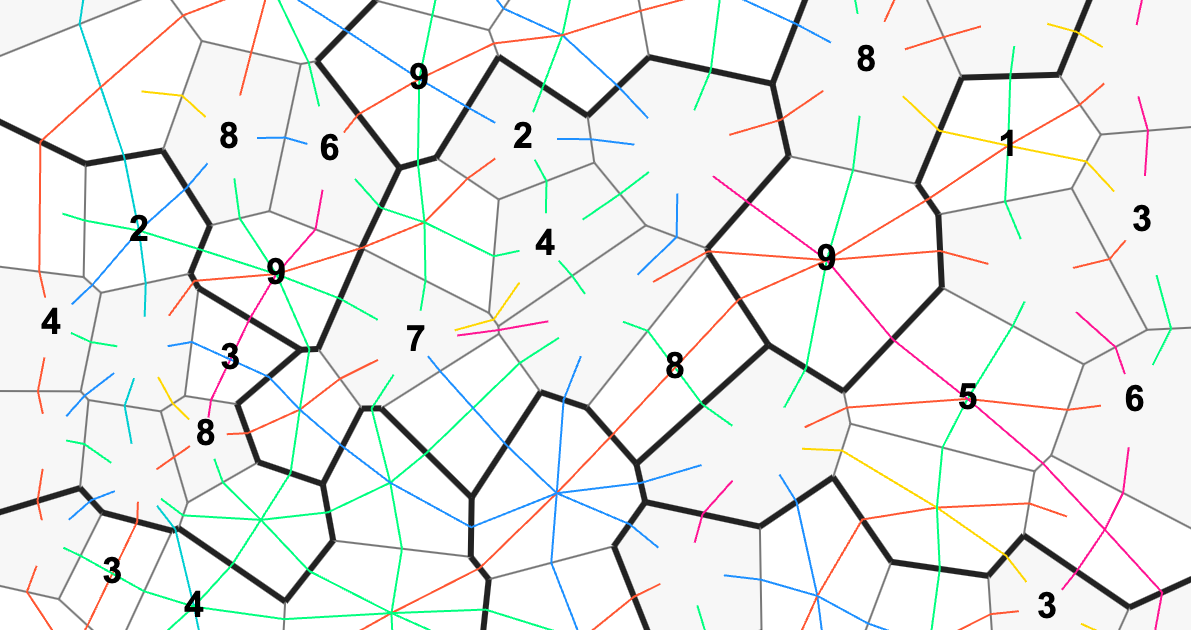WTF: Visualizing Builds to Find Performance Bottlenecks

What the Fork is a cross-platform tool that visualizes the build process of any build system, helping developers identify and resolve performance bottlenecks. By monitoring system calls, it tracks process start and termination, generating an interactive visualization showing process timelines, commands, and arguments. The author demonstrates its power through examples from various projects, revealing issues like lack of parallelism and redundant operations. This allows developers to significantly optimize build times, particularly beneficial for CI builds.
Read more
